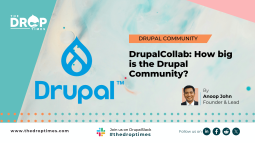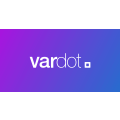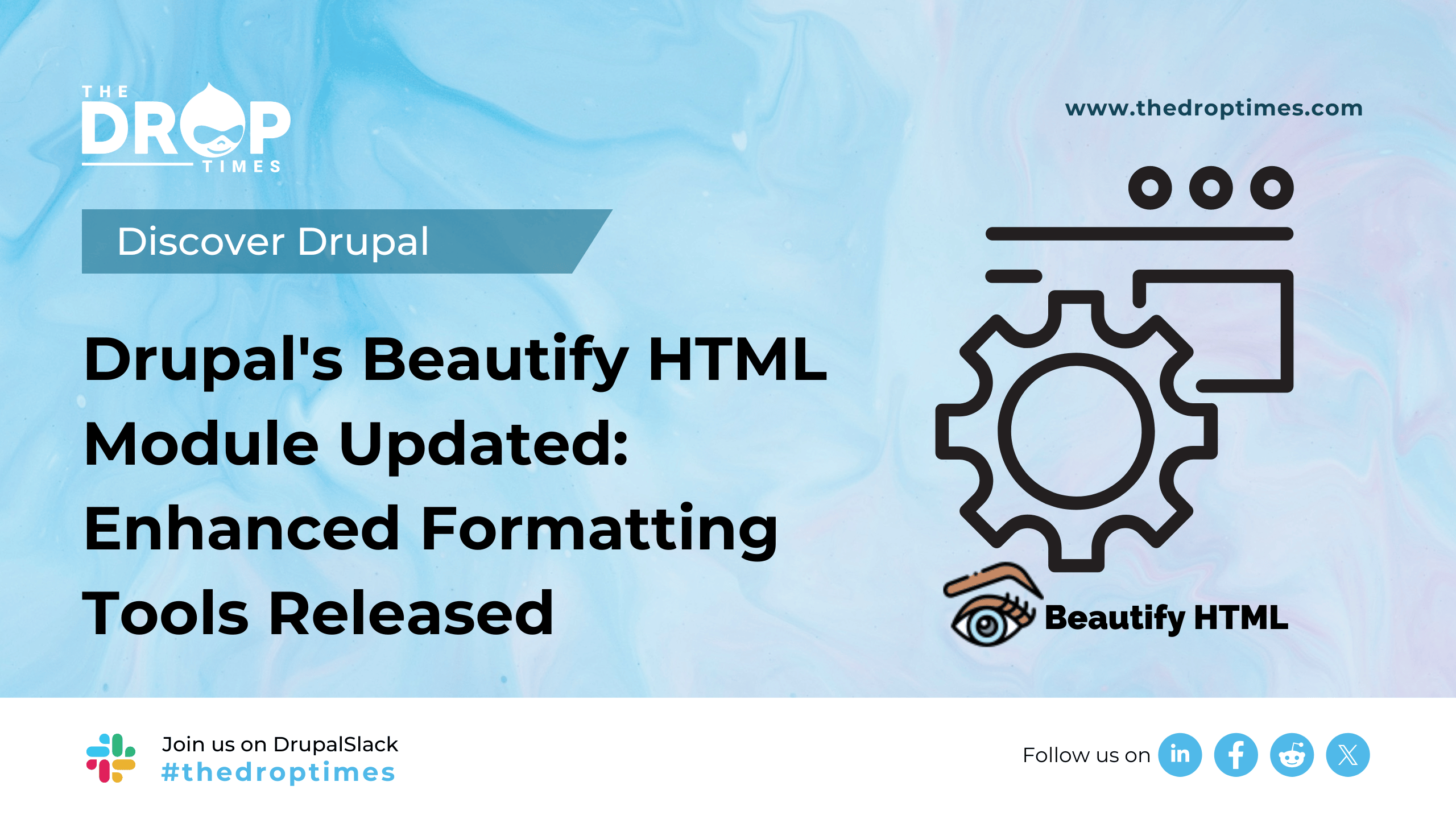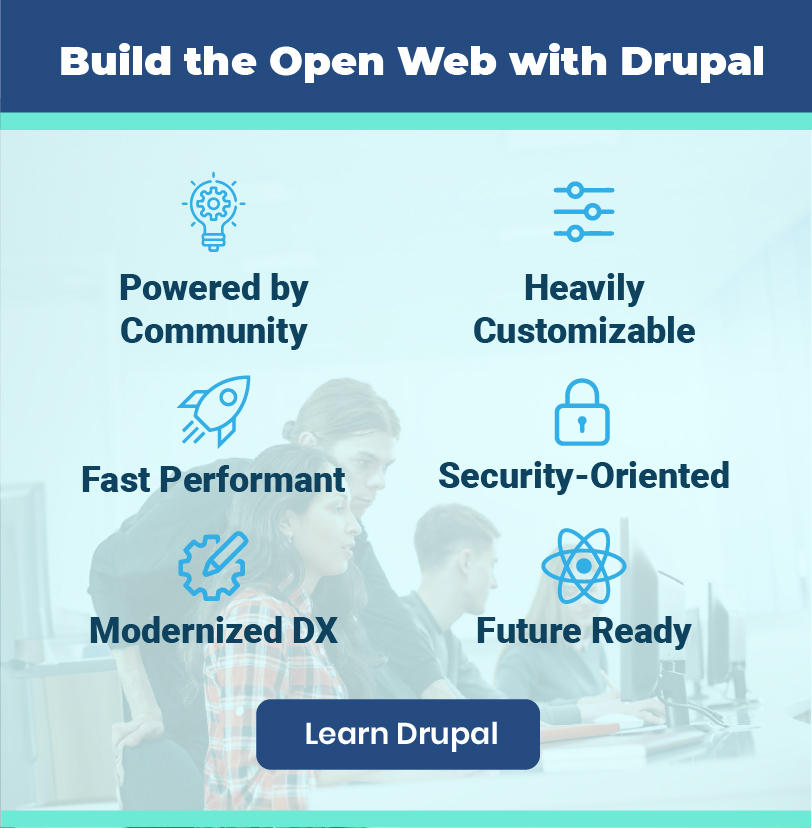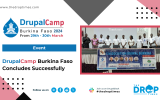Empowering Inclusive Education: How Drupal's Atomic Design Enhances Web Accessibility
Fostering inclusivity and accessibility holds universal significance, but it carries particular weight within the realm of education.
As highlighted in the article, "Atomic Design and Accessibility in Drupal: Inclusive Educational Websites" by Raghad Eid published in Vardot, an equitable learning environment, irrespective of technical proficiency, disability status, cultural background, or device capabilities, is paramount. Drupal, replete with its arsenal of accessibility modules and tools, empowers educational institutions to provide a digital learning experience that caters to a diverse audience, including individuals with disabilities.
Educational websites serving a diverse audience with varying ages, technical backgrounds, and abilities must cater to the diverse needs of students, parents, faculty, and staff. Prioritizing web accessibility ensures easy access to essential resources and aligns with legal obligations, including compliance with the Americans with Disabilities Act (ADA) and Section 508. Drupal integrates core functionalities, themes, and specialized accessibility modules to adhere to Web Content Accessibility Guidelines (WCAG) and Authoring Tool Accessibility Guidelines (ATAG) set by the W3C's Web Accessibility Initiative (WAI).
Atomic design principles advocate breaking down complex web interfaces into reusable components, starting with inherently accessible basic elements like buttons, form fields, and icons. These atomic components, characterized by standardized accessibility features, foster familiarity and predictability across websites and enable seamless adaptation to evolving accessibility requirements.
In a recent collaboration between Vardot, an experienced Drupal partner agency, and the University of Doha for Science and Technology (UDST), the power of atomic design and Drupal's capabilities in fostering accessibility were demonstrated. By migrating to an optimized Drupal CMS hosted on Microsoft Azure and embracing atomic design principles, UDST successfully crafted a modular and accessible website. Integrating reusable atomic components with Drupal's Layout Builder and Solr Search facilitated an inclusive user journey that prioritized accessibility, efficiency, and user satisfaction.
For a detailed read, visit the blog post.
Disclaimer: The opinions expressed in this story do not necessarily represent that of TheDropTimes. We regularly share third-party blog posts that feature Drupal in good faith. TDT recommends Reader's discretion while consuming such content, as the veracity/authenticity of the story depends on the blogger and their motives.
Note: The vision of this web portal is to help promote news and stories around the Drupal community and promote and celebrate the people and organizations in the community. We strive to create and distribute our content based on these content policy. If you see any omission/variation on this please let us know in the comments below and we will try to address the issue as best we can.






